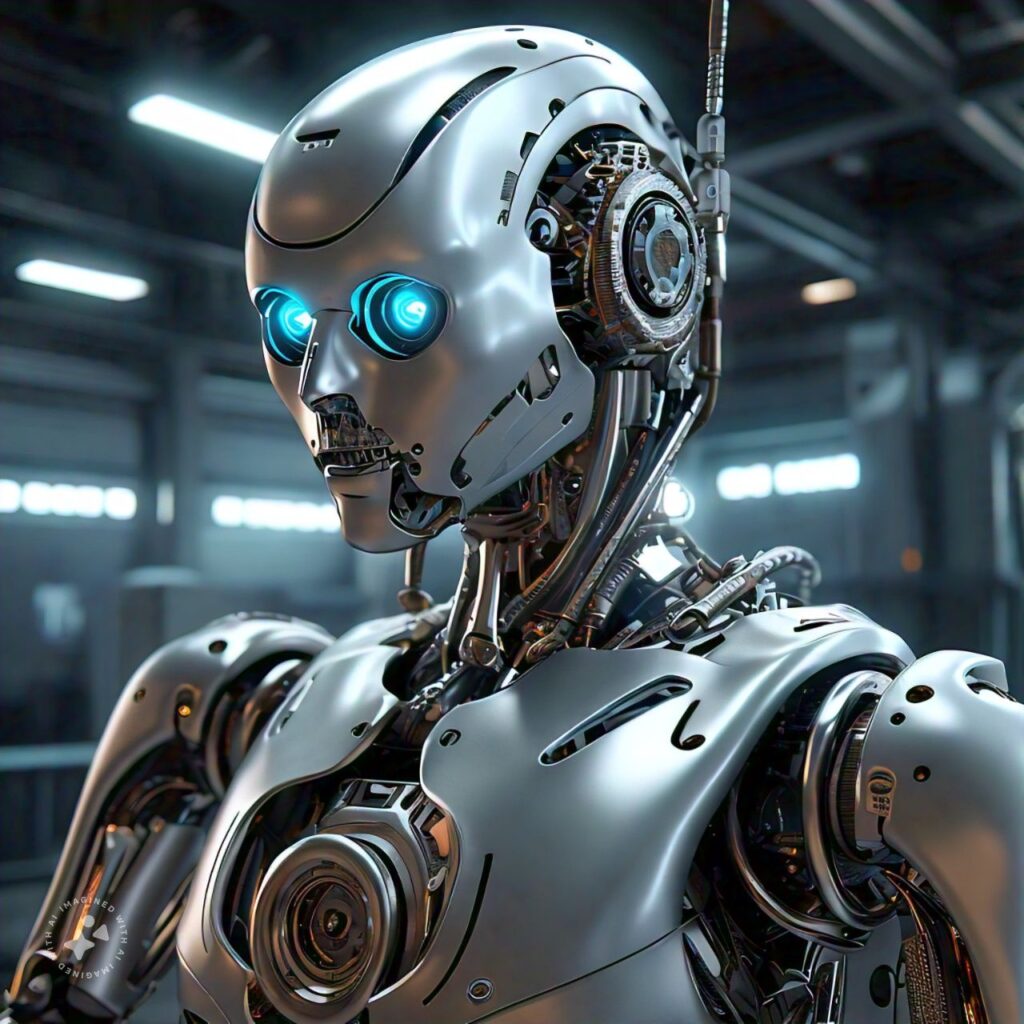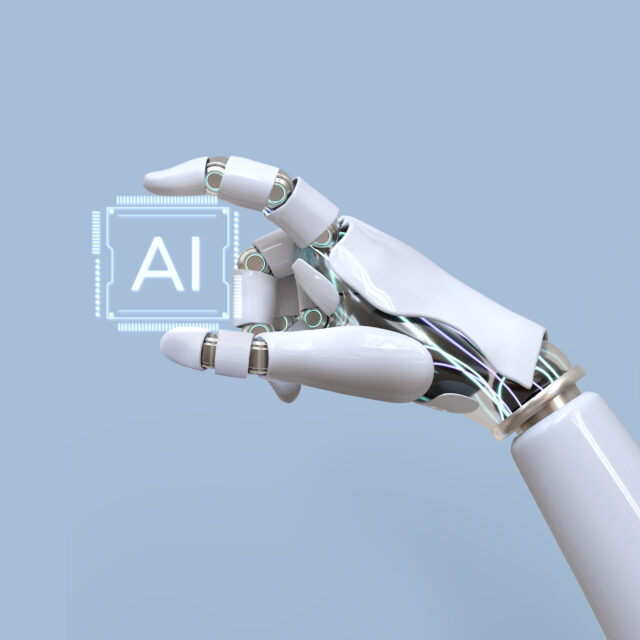We discuss some basics of Artificial Intelligence include basic definition, purpose, history, types, branches and languages.
First, we discuss the basic definition of Artificial Intelligence,
What is an Artificial Intelligence?
Artificial Intelligence refers to a branch of computer science dedicated to the production of machines capable of performing tasks that obviously require human intelligence. AI embraces all the capabilities by which means machines, particularly, can mimic human actions, especially thinking and reasoning. It is about providing machines with the capability to make decisions and solve problems as humans do. These include pattern recognition, learning based on past events, making decisions, predicting outcomes or undertaking something with the intention of achieving certain objectives
What is the basic purpose of Artificial Intelligence?

By this, the basic aim of AI is to make human tasks easier and more efficient. On the contrary, AI is destined to aid humans in their routine lives and in some tasks. It is so designed that if any such task is performed, it already knows why that should be done, how it should be done, the decision-making involved, and what the possible outcomes might be. AI does much better compared to humans in some task executions, such as computation, decision-making, or tasks that are built on previous records. In fact, before executing any task, the machine or the system queries its previous records and checks if it has ever done a similar type of task, how it was done, what the result was, and what is the effect on the environment. After considering all that, it starts the work. That is something very hard to be done by a human.
History of Artificial Intelligence:
Talk today about the really cool history of Artificial Intelligence (AI). Indeed, AI is an advancing science field, but its roots date back much longer than you might have thought-the early beginnings of AI trace way back to ancient Greece, who created myths about intelligent robots and artificial beings. Of course, the modern field began in the twentieth century. In 1956, the term “Artificial Intelligence” was derived at a Dartmouth Conference led by John McCarthy, Nathaniel Rochester, and Claude Shannon-the initiation point for a group of researchers who believed that machines could be programmed so that they could rationalize like humans, which led to the development of the very first AI programs.
The first AI program was the logic theorist developed by Allen Newell and Herbert A. Simon in 1956. The logic theorist could prove mathematical theorems from some logical rules. Another early AI program is the General Problem Solver developed in 1959 by J. C. Shaw and Herbert A. Simon. The general program solved some given problems using breakdown by sub-problems solved one at a time. Development of AI programs continued through the 1960s aimed at purposes such as language translation and game-playing computers, computer vision. During the 1970s and 80s, though, development in AI slowed down because of lack of funding and unrealistic expectations and this period was labeled the “AI winter.” It had now dawned on everybody that the technology was not yet mature enough to accomplish some of the ambitious goals assigned to it. This plunged the sum sent for AI research straight into oblivion.
New developments in neural networking as well as machine learning that were discovered in the 1990s started to gather a pace once again. In the year 1997, scientists were trying to design and build AI-based systems that can be employed for the purpose of recognizing sounds or speech, recognizing images, and processing natural language. The most important recent advance of AI was the creation of Deep Learning. This would come through neural networks for the processing of big data, and the result would be used to make predictions.
Basic types of Artificial Intelligence:
Based on its functions and capacities, Artificial Intelligence (AI) may be divided into several forms. Here are the main 3 types:
- Narrow AI (Weak AI)
- General AI (Strong AI)
- Artificial Superintelligence (ASI)
Here are the primary branches of Artificial Intelligence:
- Machine Learning (ML)
- Neural Networks
- Robotics
- Expert Systems
- Fuzzy Logic
- Natural Language Processing (NLP)
Popular languages used today:
When we talk about AI the language doesn’t matter because in AI we do so much that example understanding the problem and then solving it and then converting that into an algorithm which you can implement later and when you are implementing it that’s where we will need a language because we will be using some libraries we’ll be using the language syntax and then we’ll be implementing it now which one to choose and that’s a bit difficult.
Let’s list those top five languages in fact those languages have been ranked based on the number of views and the number of libraries available so the first one is everyone knows is Python, the second one is Java, then we have C++, then we have JavaScript and at the end we have R language and of course we have some other languages as well with using which you can implement machine learning.
These are the top 5 languages we use in AI but if you work somewhere may be your organization recommends you use anyone of them. Otherwise, you picked up any language, but it depends on what you are trying to do. For example, you worked in domain of robots, speech recognition and games you should prefer the C and C++. But if you work with some other field like Natural Language Processing, big data and Machine Learning you should use Python and similarly languages vary with the field.









